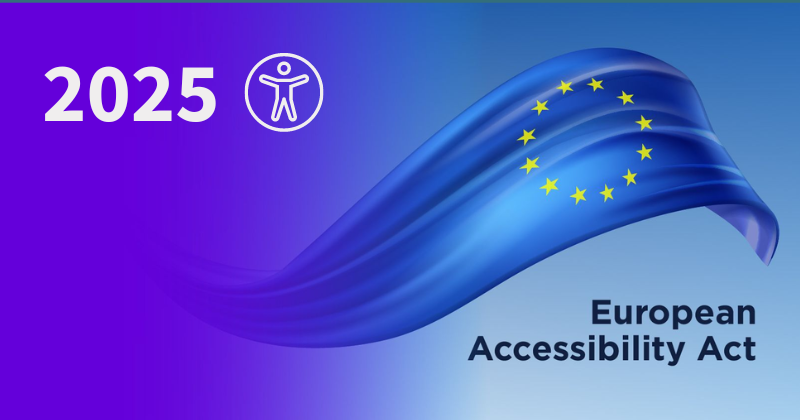On June 28, 2025, the European Accessibility Act (EAA) goes into effect across the EU, ushering in a new era of inclusive digital commerce. For e-commerce companies, this legislation represents both a compliance requirement and a huge opportunity.
Designed to remove barriers for people with disabilities, this transformative legislation will reshape how businesses design and deliver digital services from e-commerce sites to banking apps.
So, What Is the European Accessibility Act?
The EAA is an EU directive aimed at ensuring that digital products and services are accessible to people with disabilities. It applies to a broad range of platforms and interactions, including:
-
E-commerce websites and mobile apps
-
Online marketplaces and multi-retailer platforms
-
Payment systems and checkout flows
-
Customer support chat, voice, and text services
This means brands and retailers using digital commerce tools, including embedded storefronts, headless APIs, and shoppable ad units, must ensure their customer experiences meet WCAG 2.1 Level AA standards.
Why This Matters for You
At Shoppable, we enable commerce to happen anywhere within content, media, social channels, and even help companies support agentic AI and conversational AI. This flexibility is powerful, but it also means that accessibility must be built into every layer of the experience, not just the website, but the API calls, front-end components, and checkout logic.
Here’s what the EAA means for the kinds of brands and retailers working with Shoppable:
If you're using Shoppable’s DTC Lite or Instant Shop products, we've already completed the EAA updates in the cart and checkout for you. If you're using Shoppable's headless commerce solution, you'll need to make these updates on your front-end UX. If you're using Shoppable's DTC Lite solution, please ensure the rest of your website is EAA compliant.
1. Your Checkout Flow Must Be Accessible
Your universal checkout across multiple retailers, every part of that experience, including form fields, buttons, payment inputs, needs to be operable via keyboard, screen reader-friendly, and visually accessible (contrast, size, etc.).
2. Embedded Commerce Has to Be Inclusive
Shoppable enables shopping within articles, social media, email, and even live content. These embedded units must be designed for screen reader navigation, logical focus order, and touch accessibility, especially on mobile.
3. Multi-Retailer Catalogs Should Be Usable by All
When users interact with shoppable products (whether branded or white-labeled), the design should support clear navigation, readable text, and all with the appropriate sizes and contrast settings.
4. Retailer Partners Need to Be in Compliance
If you’re creating shoppable experiences, part of accessibility is ensuring the end-to-end flow is seamless, even across third-party sites.
Risks of Non-Compliance
Failing to meet EAA standards can result in:
-
Fines or legal action from EU member states
-
Blocked expansion into European markets
-
Loss of consumer trust, especially with socially conscious Gen Z and Gen Alpha shoppers
-
Higher abandonment rates at checkout due to poor UX
But more than that, it’s a missed opportunity to create better experiences for all your customers, including the 87+ million EU residents living with a disability. This may be the EAA, but no matter what market you serve, these updates can improve your business because 1.3 billion people, or 16% of the world's population, are living with a disability.
What You Can Do Today
Shoppable is already working with clients to ensure EAA-readiness across:
✅ Accessible, API-based checkout
✅ WCAG-compliant embedded storefronts
✅ Configurable templates for brand-safe, inclusive design
✅ Partnerships with accessibility consultants and developers
If you're a Shoppable client, we recommend:
-
Auditing your current implementation, especially checkout, search, and product discovery
-
Reviewing accessibility standards and testing flows with keyboard and screen reader tools
-
Collaborating with our team to customize or improve components as needed
-
Prioritizing inclusive content (alt text, headings, link clarity) across your marketing and commerce channels
Final Thoughts
The European Accessibility Act isn’t just another regulation; it’s a call to build better. It’s also a chance to lead: to make commerce more inclusive, globally, and to future-proof your experience for global growth.
If you're exploring how to align your Shoppable implementation with EAA standards, we’re here to help.
Let’s make accessibility a core feature, not a checkbox.
